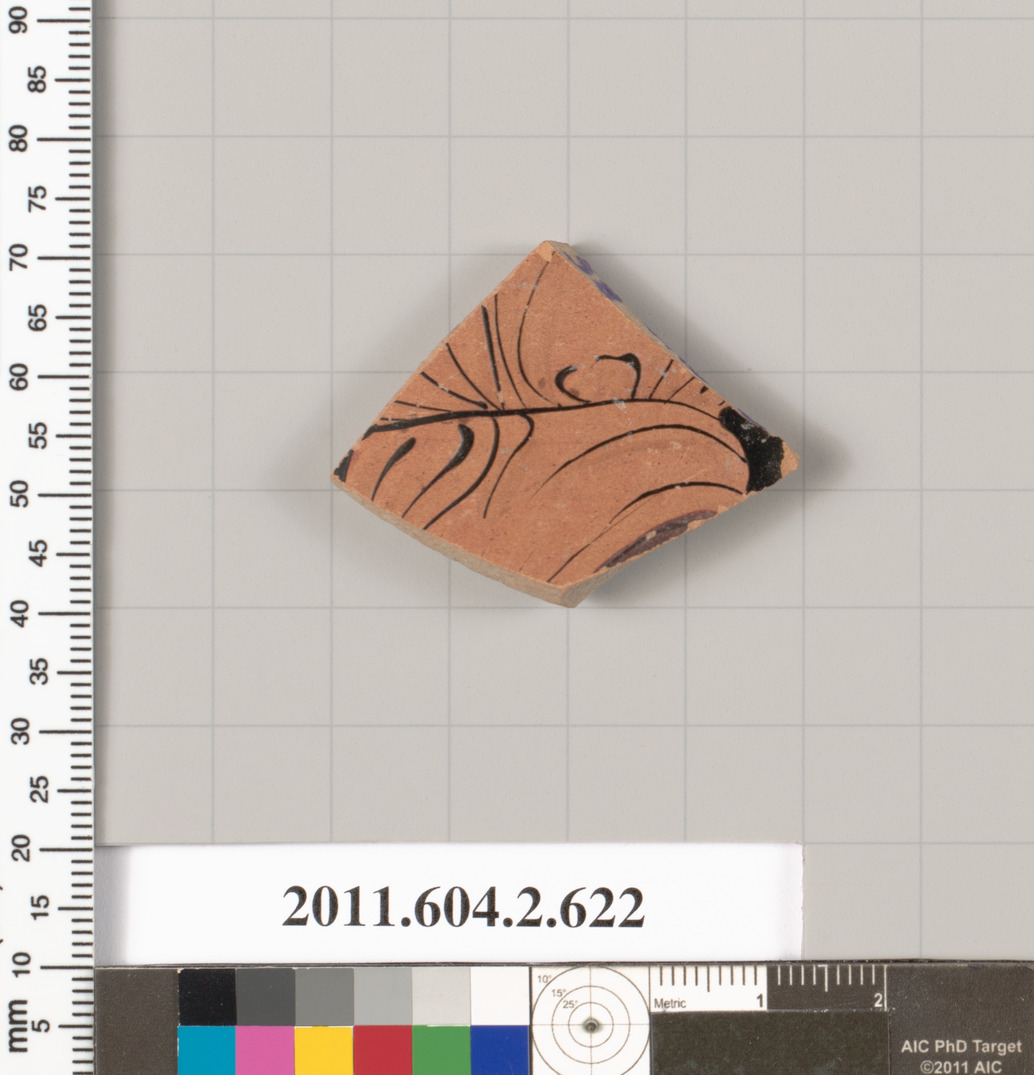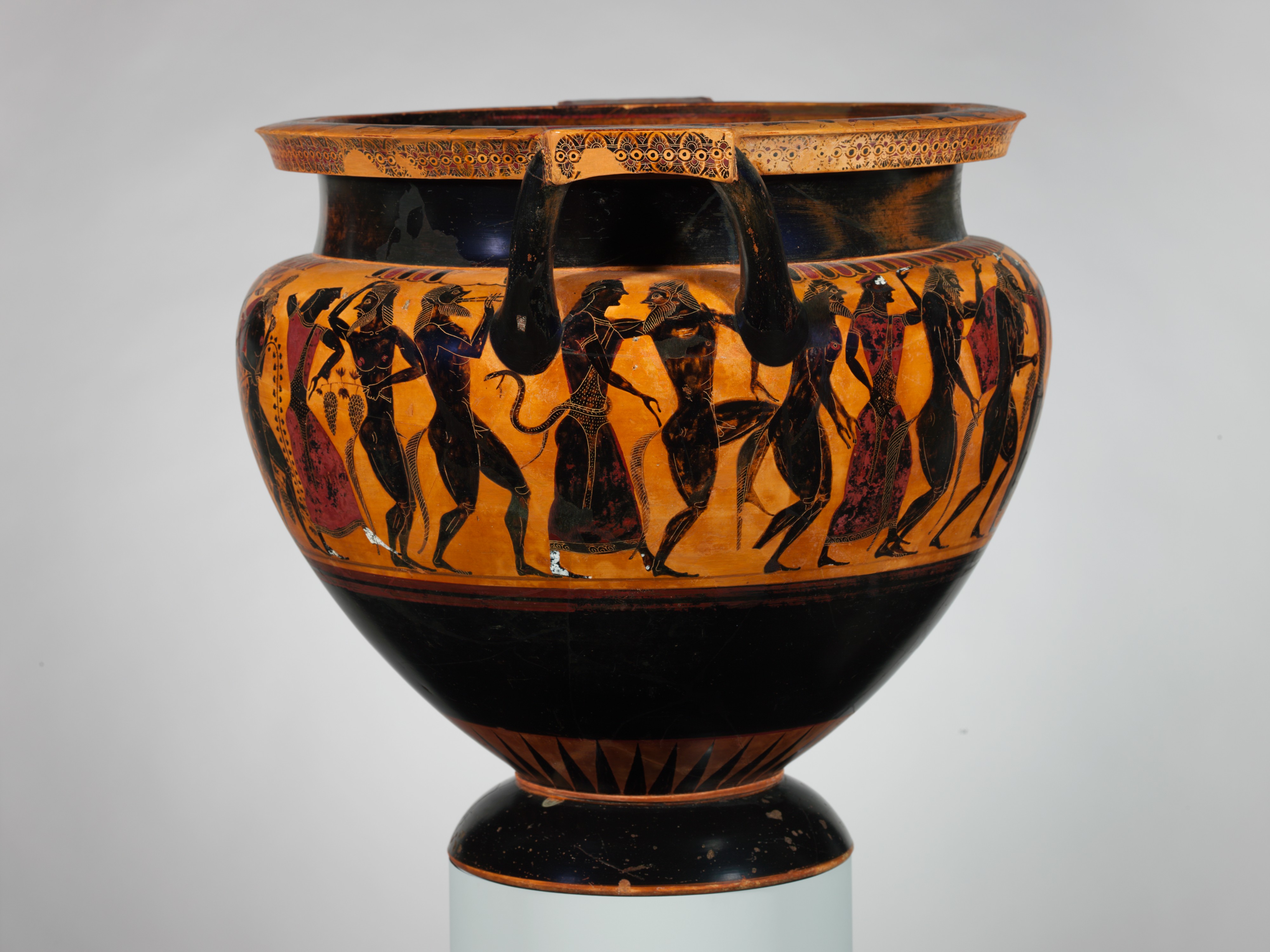

This digital record has been made available on NGV Collection Online through the generous support of Digitisation Champion Ms Carol Grigor through Metal Manufactures Limited Gallery location The Ancient World Medium earthenware Measurements 42.8 × 40.8 × 35.0 cm Place/s of Execution Lucania, Italy Accession Number D150-1977 Department Antiquities Credit Line National Gallery of Victoria, Melbourne Felton Bequest, 1977 © Public Domain While the NGV believes this work to be in the Public Domain, it is the responsibility of the publisher to ensure that no further permissions are required for useįor a complete list of terms and condition of use see the National Gallery of Victoria’s copyright policy

Where an image is used in a hard copy publication one complimentary copy must be sent to: If you wish to use a detail of the work, a full reproduction of the work must also be reproduced elsewhere in the publication Where possible, the image must be reproduced in full (no cropping or over-printing).

Photo: National Gallery of Victoria, Melbourne National Gallery of Victoria, Melbourne Felton Bequest, 1977 © Public Domain The artist, title and date of the work must be listed anywhere the image is reproducedĬolumn krater (Lucanian red-figure ware) 420 BCE-400 BCE It is undoubtedly the product of local workshops, which continued, even though with a more restricted shape repertory, during the early Hellenistic period as well.By ticking the below box, you agree to these conditions: The distribution of the grey ware, the dating of which is often based on contextual finds imported from the Greek world, spreads from the shores fo the Black Sea to the western parts of the Maritsa/Evros Valley, and even to the regions on the north of this valley. The shape repertory includes bowls, cups and mugs, strainers and jugs, lekanae with vertical or horizontal handles, craters, table amphorae and possibly hydriae. In Halka Bunar the grey ware of the Classical period, as in many other neighbouring sites, it has been found within ritual or domestic pits, and it seems to develop in continuity with that of the Archaic period. Based on the grey pottery from the site of Halka Bunar, municipality Bratya Daskalovi in the south-eastern Bulgaria, the present paper intends a general overview of this class of pottery in inner Thrace, known already since the Archaic period and with documented relations with the Aeolid and the area of the North Aegean Sea.


 0 kommentar(er)
0 kommentar(er)
